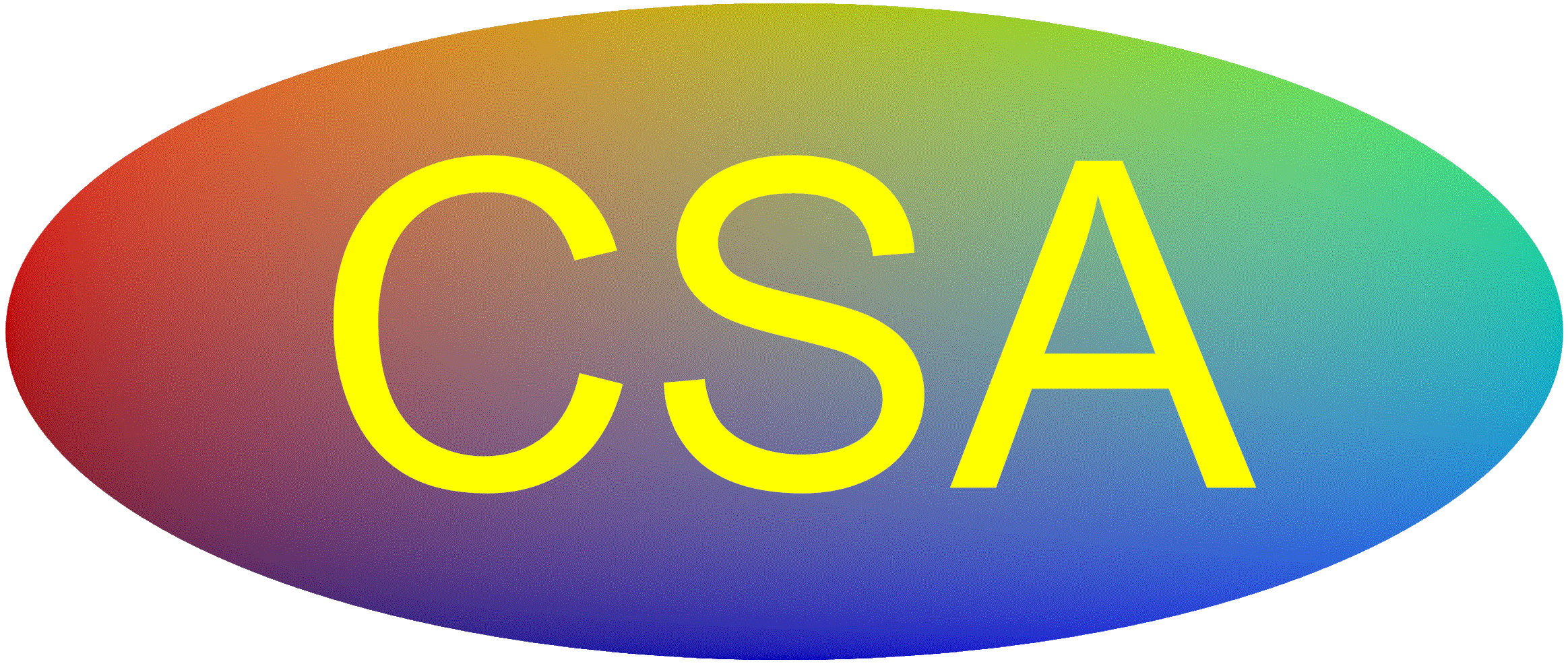Review important information on the "Test Info" page common to all exams and about marking / tagging your study material.
This assessment is intended for those who install underground fire service mains such as lead-in to building, or fire mains with hydrants. This may include general contractors, utility contractors, or fire sprinkler contractors.
The assessment covers NFPA 24 in addition to general math concepts for evaluating friction loss and its impact on a system. The study guide provides examples of how to evaluate the proper pipe size based on flow and friction loss. Often there is little coordination between civil engineering documents and the demand and sizing of the sprinkler contractor. It is important for contractors to understand basic concepts of friction loss to know what questions to ask and help to ensure the proper pipe is selected. The exam also covers trench safety and OSHA criteria.
Review important information on the "Test Info" page common to all exams and about marking / tagging your study material.
This assessment is generally intended for business owners / representatives of a company who install underground fire service mains such as lead-in to building, or fire mains with hydrants. This may include general contractors, utility contractors, or fire sprinkler contractors. This exam is longer and slightly harder than the UFM2 as it is intended for individuals responsible for their installers.
The assessment covers NFPA 24 in addition to general math concepts for evaluating friction loss and its impact on a system. This exam also includes concepts of fire pumps and how they impact pressures / flows in a system. The study guide provides examples of how to evaluate the proper pipe size based on flow and friction loss, as well as pressure ratings. Often there is little coordination between civil engineering documents and the demand and sizing of the sprinkler contractor. It is important for contractors to understand basic concepts of friction loss to know what questions to ask and help to ensure the proper pipe is selected. The exam also covers trench safety and OSHA criteria.
Exam Fee:
Application Fee: None
UFM2- Private Fire Service Mains (Underground) $170 / each attempt
Important Concepts:
The following lists some but not all materials covered on exams.
-
Calculating size of thrust blocks
-
Bury depth of pipe based on conditions
-
Understanding friction loss and pipe sizing
-
Valves and locations
-
Pressure ratings
-
OSHA trench Safety
Documents Required from Our Site:
Download and print these pdf documents. (click link)
Exam Fee:
Application Fee: None
UFM4- Private Fire Service Mains Business Representative $180 / each attempt
Important Concepts:
The following lists some but not all materials covered on exams.
-
Calculating size of thrust blocks
-
Bury depth of pipe based on conditions
-
Understanding friction loss and pipe sizing
-
Valves and locations
-
Pressure ratings
-
Fire pump and pressures on underground piping for coordination of pressure ratings
-
OSHA trench Safety
Documents Required from Our Site:
Download and print these pdf documents. (click on link)



